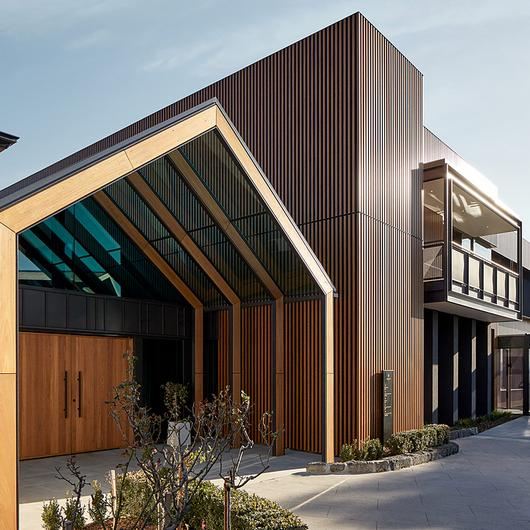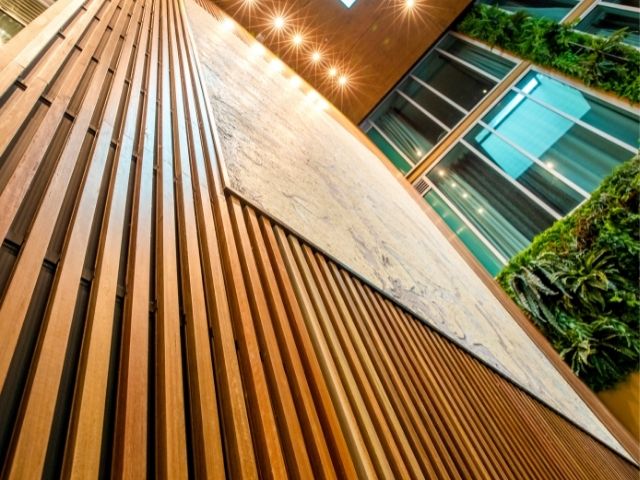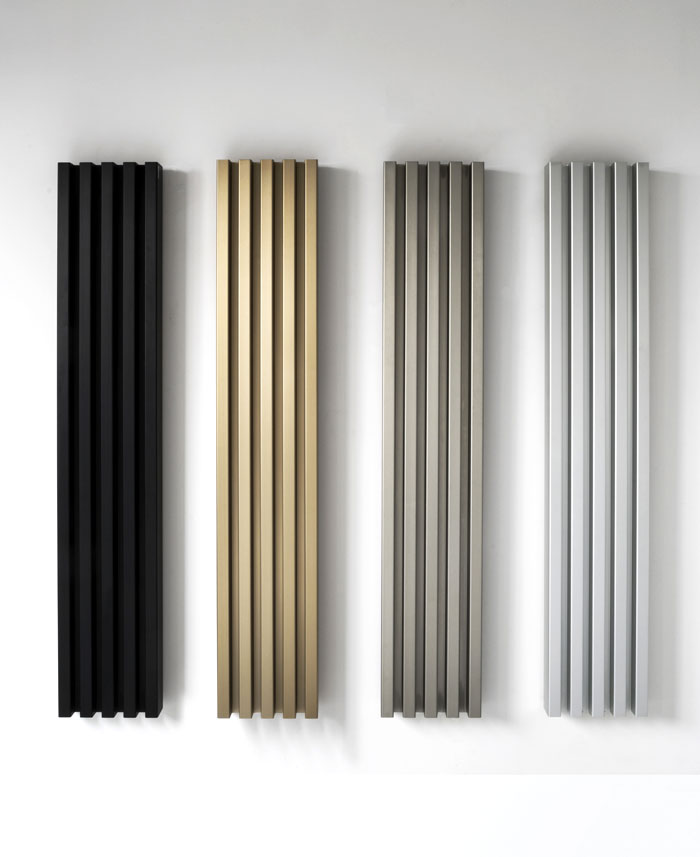Do You Know the Aluminium profiles in Wall Cladding?
When it comes to wall cladding, aluminium profiles play a crucial role. These versatile components not only enhance the aesthetics of the walls but also offer several functional benefits. Understanding the significance of aluminium profiles can help both professionals and homeowners make informed choices when it comes to selecting the right type of wall cladding.
What are aluminium profiles in wall cladding? Aluminium profiles in wall cladding are aluminum-based extrusions that are used to enhance the appearance, structural integrity, and durability of walls. These profiles are designed to fit seamlessly onto the surface of the wall, offering a sleek and modern look. They come in various shapes and sizes to cater to different architectural styles and design needs.
Advantages of aluminium profiles in wall cladding:
Versatility: Aluminium profiles offer immense design flexibility, making them compatible with various architectural styles and building types.
Durability: Aluminium is naturally corrosion-resistant, making it an ideal choice for wall cladding in both indoor and outdoor settings. It can withstand harsh weather conditions, ensuring long-lasting protection for the walls.
Lightweight: Aluminium profiles are lightweight yet strong, making them easy to install and transport.
Low maintenance: Unlike other materials that require regular maintenance, aluminium profiles are low maintenance. They do not require painting or sealing, helping to reduce long-term costs and efforts.
Sustainability: Aluminium is a recyclable material, making it a sustainable choice for wall cladding. Using aluminium profiles not only enhances the appeal of the walls but also contributes to environmental conservation.
Types of aluminium profiles:
1. L-shaped profiles: These profiles are commonly used to create corners and edges in wall cladding, providing a neat and finished look.
2. U-shaped profiles: U-shaped profiles are utilized to form grooves or channels for accommodating additional elements such as lighting fixtures or cable wires.
3. T-shaped profiles: T-shaped profiles are often used to join two panels, creating a seamless transition between them.
4. Z-shaped profiles: Z-shaped profiles are employed to secure the panels in place, acting as an intermediate attachment between the primary structure and the cladding material.
Aluminium profiles in wall cladding contribute significantly to both the aesthetics and functionality of a building. Whether it is a residential or commercial project, understanding the importance and advantages of aluminium profiles can help in making informed decisions. These versatile components provide durability, versatility, and ease of maintenance, making them a popular choice among architects, builders, and homeowners alike. By incorporating aluminium profiles in wall cladding, you can transform the appearance of your walls, adding a touch of modernity and sophistication to any space.
The installation of aluminium profiles in wall cladding involves precise measurements, proper securing, and fitting techniques. It is advisable to consult a professional installer to ensure a seamless and reliable installation process. Welcome any inquiry with us about more information about aluminium wall cladding.
Guangxi Ruiqifeng New Material Co., Ltd.
Address: Pingguo Industrial Zone, Baise City, Guangxi, China
Tel / Wechat / WhatsApp : +86-13923432764
https://rqfxcl.en.alibaba.com/
https://www.aluminum-artist.com/
Email : Jenny.xiao@aluminum-artist.com
Post time: Nov-07-2023









